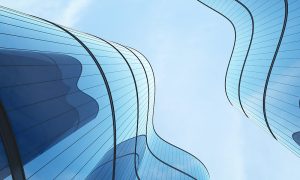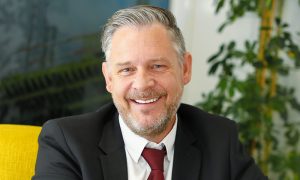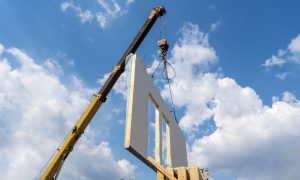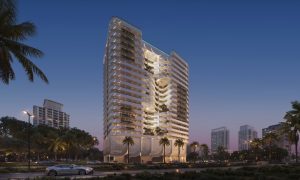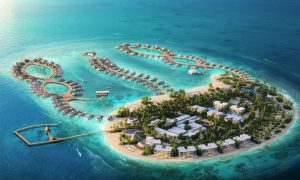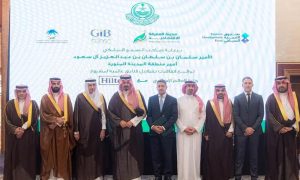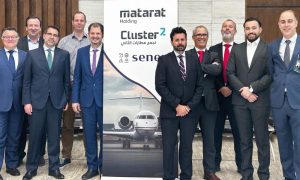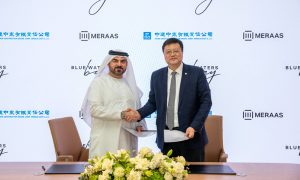MEP Insight: Coping with Covid-19
KEO Design’s Martin McFadden shares his thoughts on what MEP engineers have to consider in a post COVID-19 world
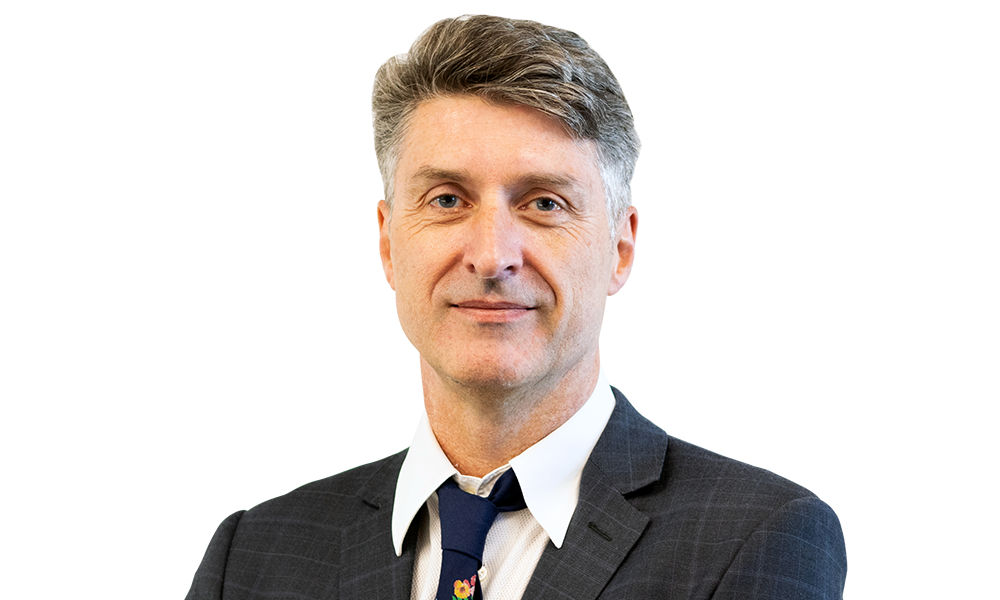
Much focus over the past 12 to 18 months has been required to align the best of design practice responding to industry advances and trends along with new normalcy expectations in living and working that have been driven by the pandemic age and its enforced change and impacts.
In this regard MEP teams have been required to consider their design approach with a view towards introducing a range of key criteria in MEP designs that address the multi-faceted challenges of sustainability, wellness, technological advances, automation, OSM, energy usage and water conservation.
The MEP design community have needed to liaise and consult and coordinate more than ever before to engage with clients, project stakeholders and fellow design team members, to establish successful outcomes that are comprehensive in their considerations and that provide highly articulated MEP engineering design and consultancy services.
To this end MEP engineers, in undertaking their work, have been required to develop and plan for an engineering design process that allows innovation and technological advances to be encouraged and work towards key project visioning strategies.
The impacts of the pandemic and the associated new design considerations in response have been profound, with the biggest impact related to air conditioning and mechanical ventilation (ACMV) and a particular focus on indoor air quality (IAQ), and the associated building energy efficiency standards. Other evolving pandemic response related developments in MEP design have included automation/non-touch controls and anti-bacterial surfaces.
Within the Gulf Region the predominant design codes for IAQ and energy conservation of ASHRAE (Ventilation for Acceptable Indoor Air Quality Standards 62.1 & 62.2 and Energy Standard for Buildings 90.1) have needed to be considered to achieve an acceptable balance between IAQ outcomes and energy efficiency. This balance has always been evaluated in previous times but now it has become even more delicate consequent to the pandemic with microbial treatment filtration and air purges inducing greater energy consumption.
The MEP engineers design work in this area specifically relating to COVID-19 has leveraged on preeminent studies such as the ASHRAE Epidemic Task Force illuminated IAQ best practices which for commercial buildings for example includes: pre- and post-flush periods; 62.1 minimum ventilation rates; maintenance of relative humidity between 40-60%; non-cycle of systems during occupancy; and the inclusion of high efficiency MERV filters.
ACMV design now also necessitates a need for IAQ risk assessments, management and cost evaluations associated with the risks attributable to airborne microbes and the mitigation measures of filtration, their induced pressure losses and purge ventilation.
Nonetheless, the MEP industry is one where challenges and opportunities often collide. The evolving pandemic response learning applied in MEP designs, coupled with technological advances and the technical excellence found in our MEP building services engineering teams, gives great confidence that we shall as an industry continue to deliver successful project outcomes overcoming the pandemic challenges of this moment in time.


